Ralo Mayer
Obviously a major malfunction / KAGO KAGO KAGO BE
28.1. —
18.3.2012
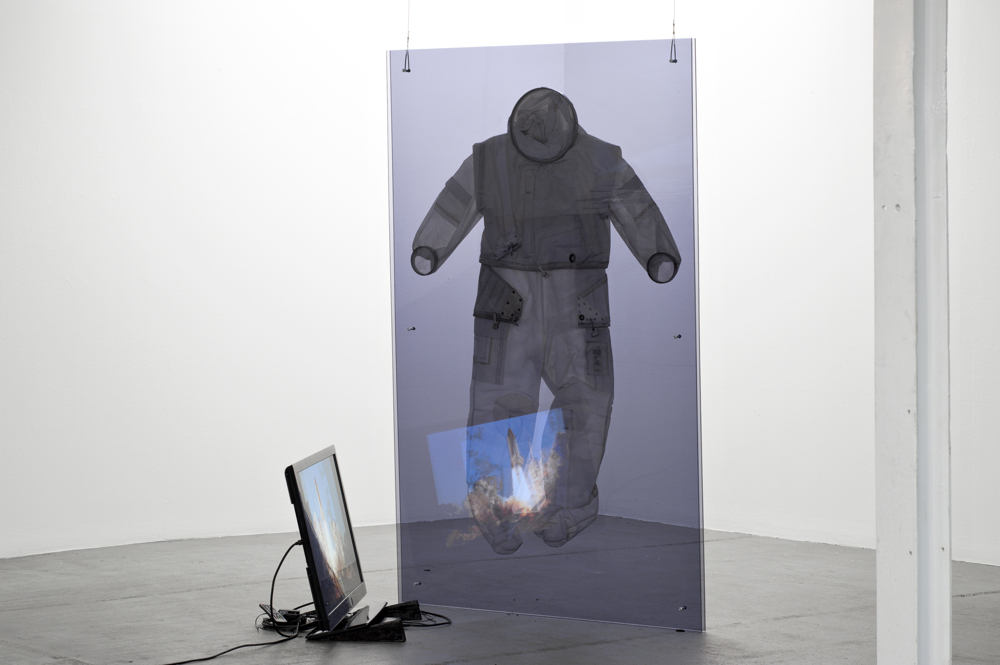
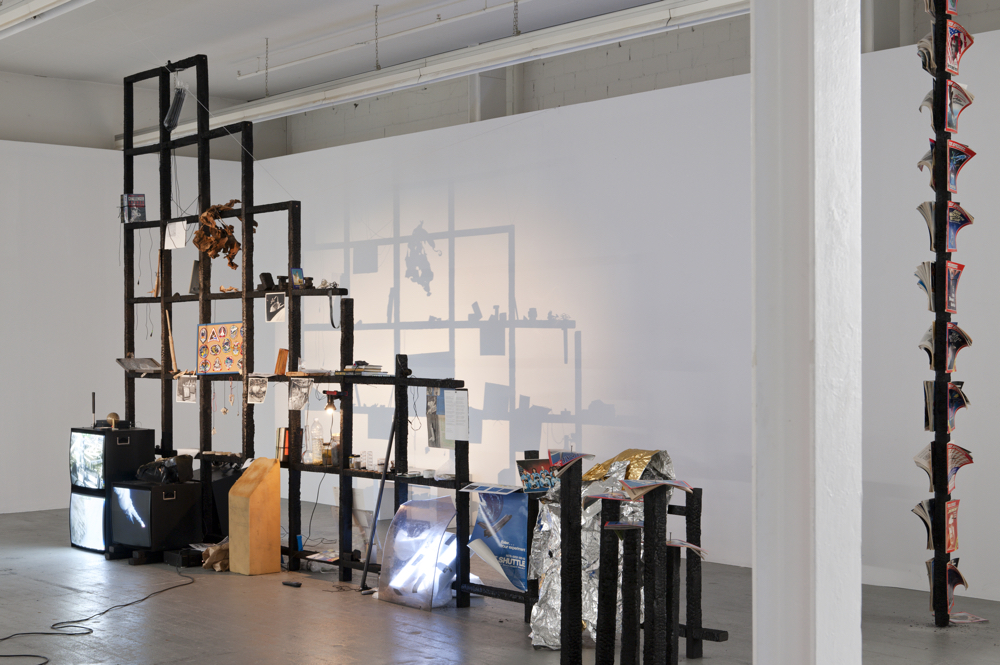
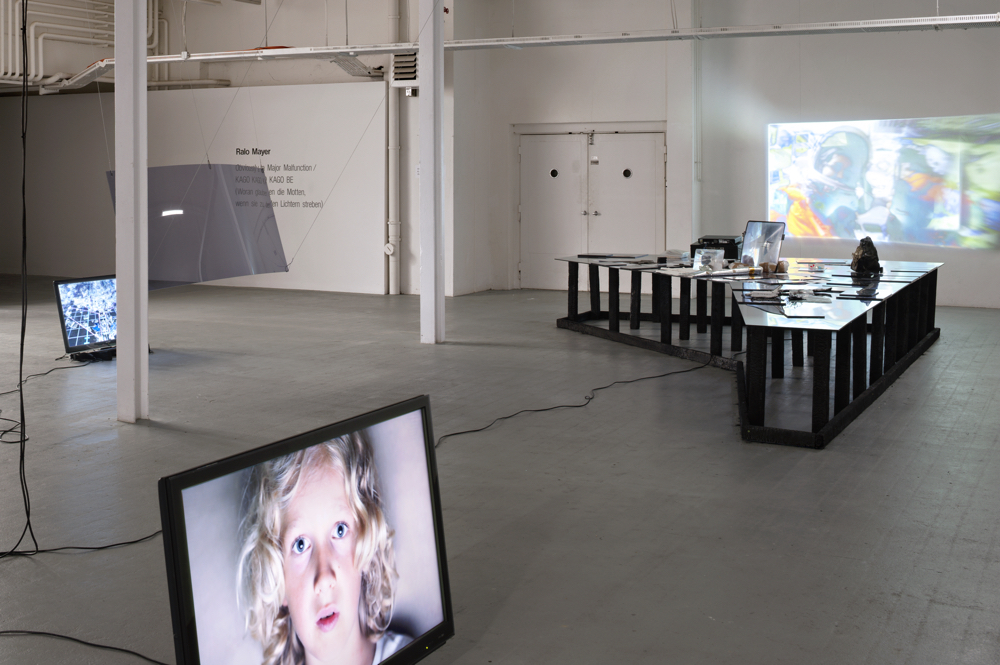
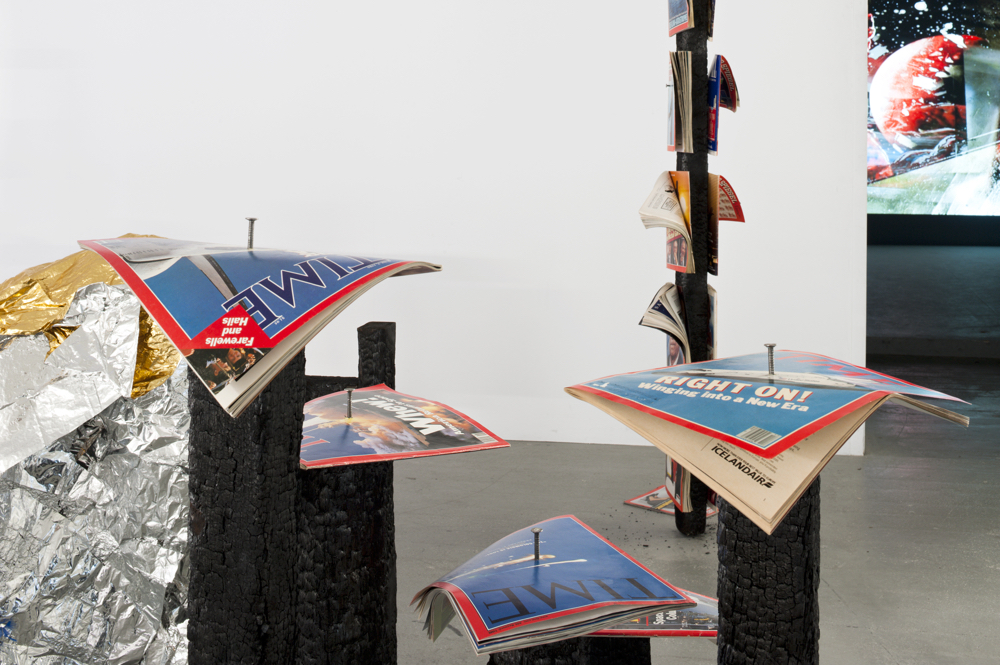
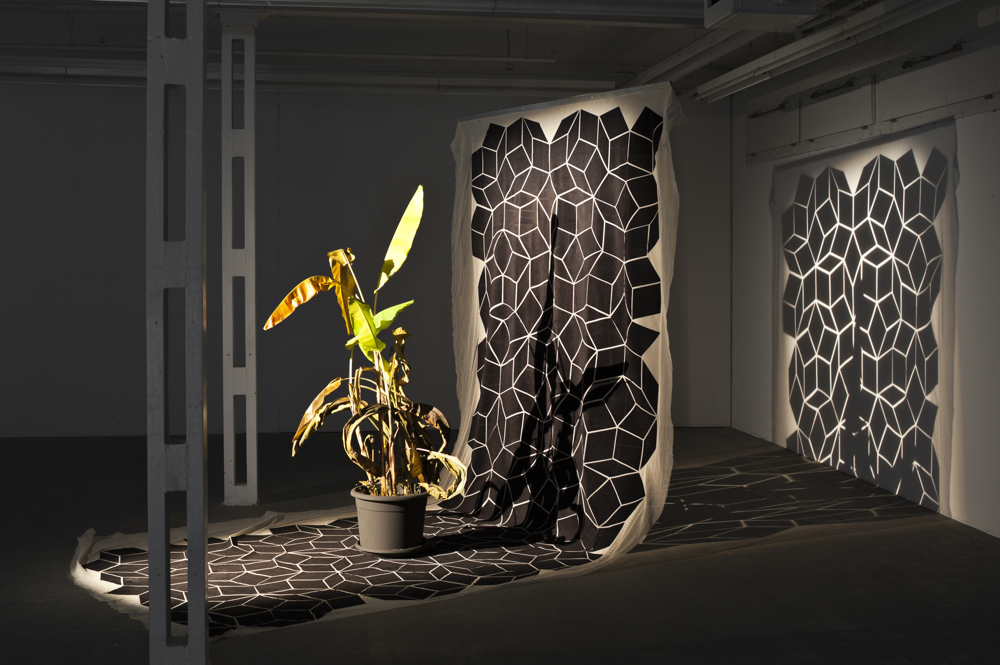
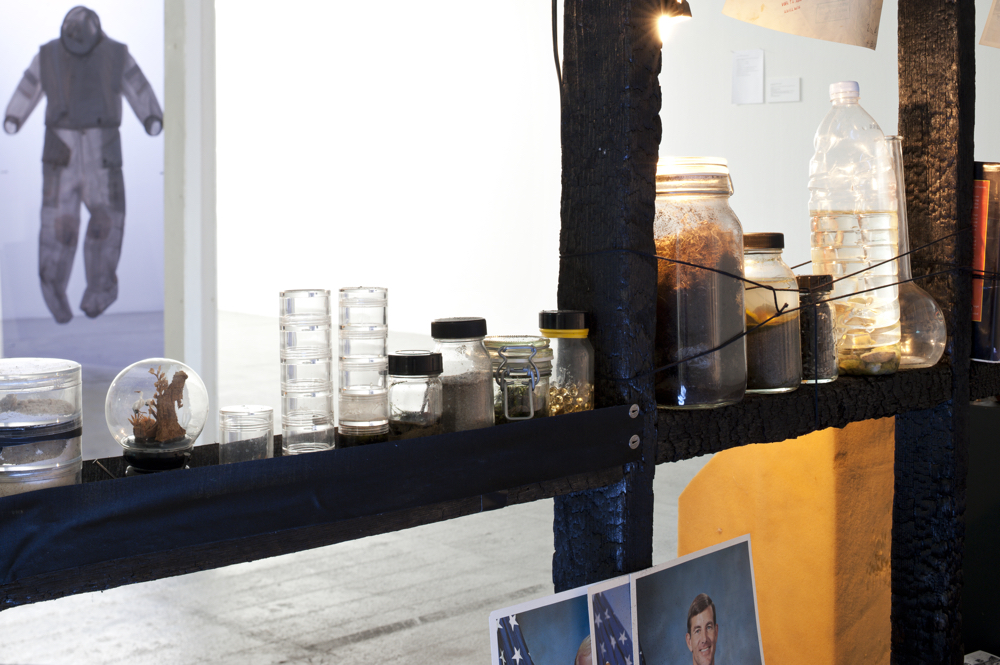
Kunsthaus Baselland is pleased to present the first institutional solo exhibition by Austrian artist Ralo Mayer (*1976 in Eisenstadt, lives in Vienna) in Switzerland. The artist studied at the Academy of Fine Arts with Renée Green and Marina Grzinic and attracted attention in recent years with his so-called ‘performative research’ that brings together art and scientific research. Mayer is co-founder of the Manoa Free University and publisher of the science fiction magazine ‘multiplex fiction’. He can look back on institutional solo exhibitions at the Secession in Vienna (2008), at ARGOS in Brussels (2010) and in Kunstmuseum Lentos (2011). The latter was linked to the awards ceremony of the Triennale Linz in 2010 and is now open to the Swiss audience in Kunsthaus Baselland in a slightly altered version.
Aspects of social reality, post-Fordist economy and higher-dimensional science fiction are topics which Ralo Mayer takes up in his work time and time again. For the exhibition at Kunsthaus Baselland, Ralo Mayer thematises in cross-media complex settings, the outer space, the history of space travel and its utopias as well as the biosphere experiments and their translations into science fiction. The paratactically combined exhibition title, which is also the title of an installation, offers the first substantive evidence. The now legendary statement “Obviously a major malfunction” were the words of the NASA spokesman Steve Nesbitt, who on 27 January 1986 provided commentary during the worldwide media transmission of the explosion of the Challenger space rocket. ‘KAGO KAGO KABO BE’ in turn refers to the cargo cults of the 60s, by which the inhabitants of the Polynesian islands mimicked their colonisers (American soldiers) who were supplied by cargo freights. In the 60s we saw an expression of primitivism in these imitation acts, in which, for example, they mimicked radioing and flying by carving wooden radio headphones or aircrafts, but from today's perspective we understand the actions as emancipatory expressions against the colonial powers. The phrase ‘KAGO KAGO KABO BE’ refers therefore both to the politically incorrect reception of the Polynesian ‘re-enactments’ of actions of Westerners and also to the ‘Cargo Bay’, the cargo bay of the space shuttles.
In the installation Obviously a major malfunction / KAGO KAGO KABO BE the artist undertakes performative research on space travel and in particular on the American space shuttle, in which he incorporates the perspective of the cargo cults. KAGO refers both to the actual load of the space shuttle as well as the numerous debris of the Challenger, which exploded shortly after launch in 1986 and fell back to earth in numerous fragments. An image published by NASA showing the reconstruction of the individual parts in a hangar serves the artist as a visual starting point for spatial implementation of his installative arrangement. With charred wood Mayer reconstructs the triangular wings of the spacecraft, which also serve as a display platform for selected objects. Thus, beside space paraphernalia, various notes and a space suit of innumerable objects of unknown origin are found in the installation. Closed ecosystems in glass containers refer to the historical experiments of autarkic settlement and survival systems on other planets. In a video in turn a fair-haired boy tells of the crash of the space shuttles Challenger (1986) and Columbia (2003), the nuclear plant accident at Chernobyl and the collapse of the Twin Towers. His face is illuminated by flickering light, as if he were sitting in front of a screen. The artist describes a period of disasters, which have been witnessed by representatives of his generation as a formative influence, and draws a connection to the media images constructed by them.
In his work Ralo Mayer refers to Bruno Latour's philosophy of objectivity, in which a capability for action and networking is attributed to virtual objects (e.g. computers, ozone holes, microbes), which in turn have an effect on people. According to Latour, the streams of images also belong to those virtual objects that are located between the modern poles of nature and society. With the third part of the title What do moths think when they fly towards light, the artist opens the philosophical question of the directionality of human (and animal) striving. What do we hope to achieve from the light or the constant ‘higher, further, faster’? Fulfilment? Overcoming the human condition? Questions like these form a substantive context of the exhibition, which branches like a rhizome into other issues.
Text by Kunstmuseum Lentos and Sabine Schaschl